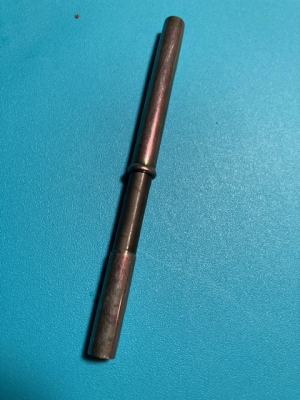- Joined
- Sep 21, 2017
- Messages
- 117
The best parts-washing move I ever made was to pick up the phone and call Safety Kleen. I was skeptical, thinking a large chain store would blow me off... I was completely wrong. They have provided excellent and prompt service, going the extra mile when I needed help.
I described what I needed and they made excellent recommendations. They even sourced some hard-to-find parts for my old Graymills parts washing cabinet. Now they aren't the cheapest, but they are extremely knowledgeable and prompt. They recommended a low flash-point solvent for my needs that allows me to do some welding in my shop without risking fire/explosion hazards.
 www.safety-kleen.com
www.safety-kleen.com
I described what I needed and they made excellent recommendations. They even sourced some hard-to-find parts for my old Graymills parts washing cabinet. Now they aren't the cheapest, but they are extremely knowledgeable and prompt. They recommended a low flash-point solvent for my needs that allows me to do some welding in my shop without risking fire/explosion hazards.
Environmental Products & Services | Used Oil
Safety-Kleen offers environmental products and services. Safety-Kleen provides waste management, used oil recycling and re-refining and more.



